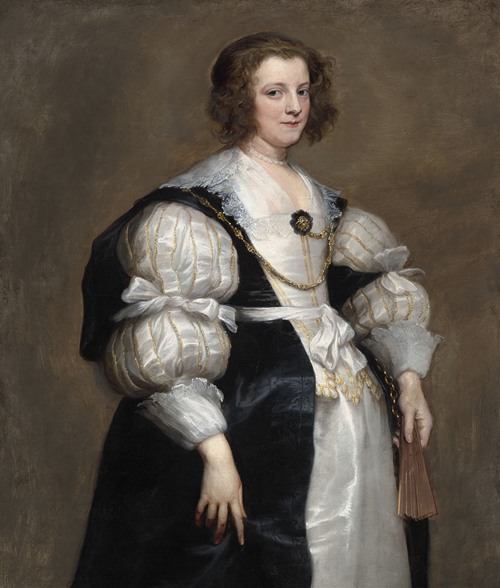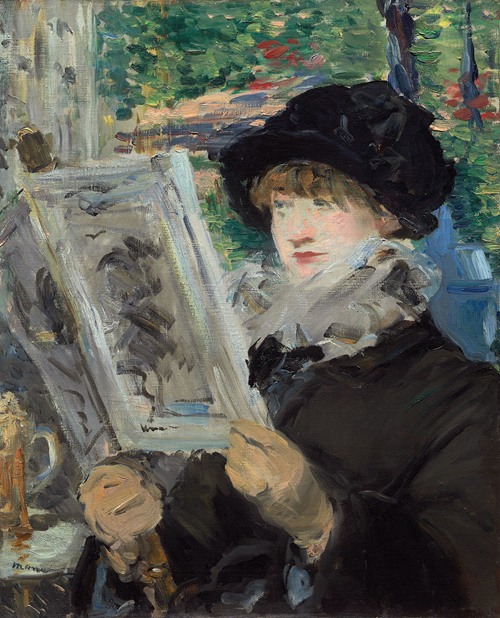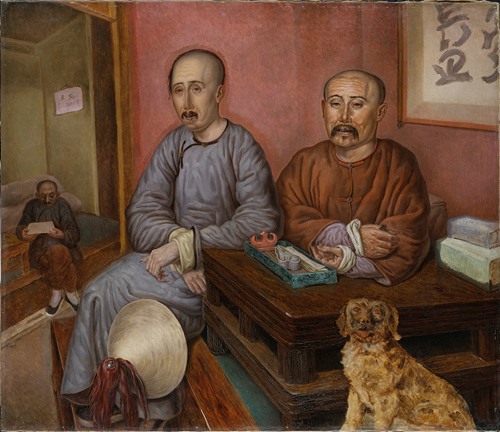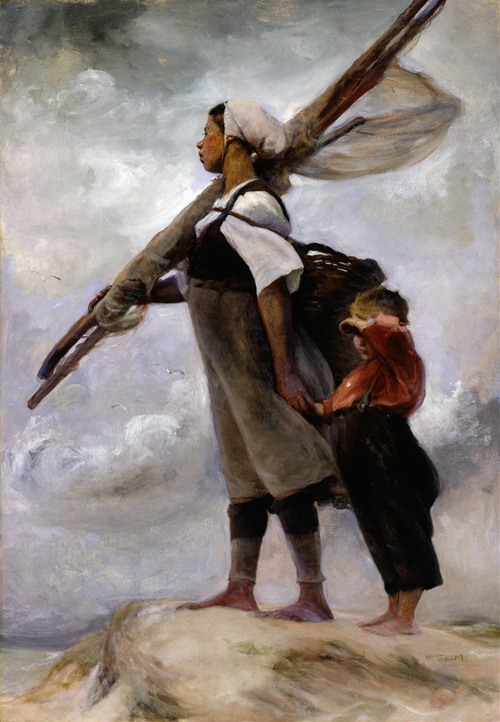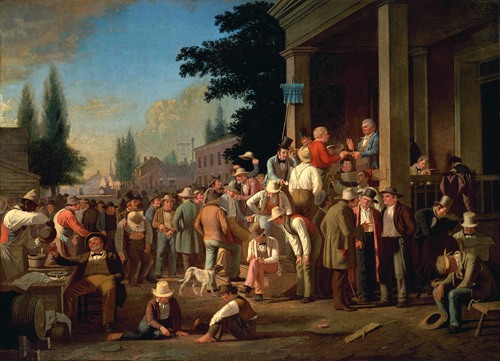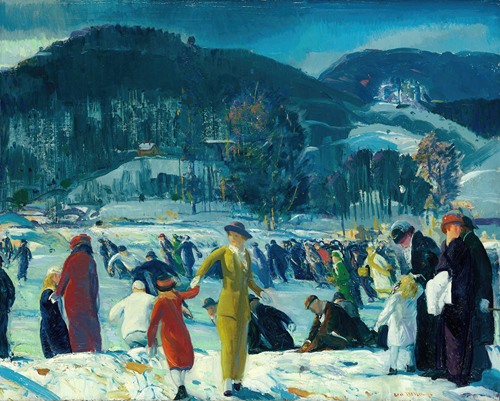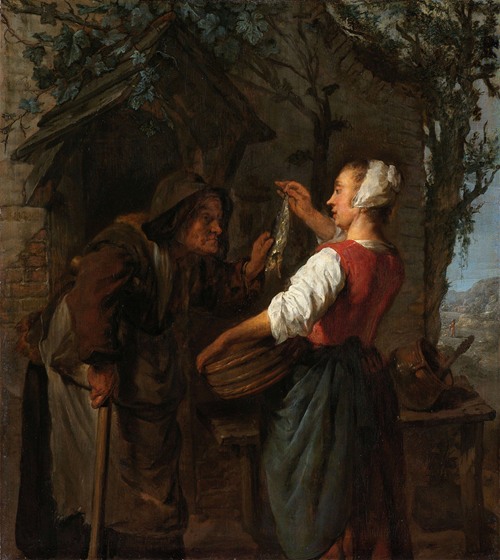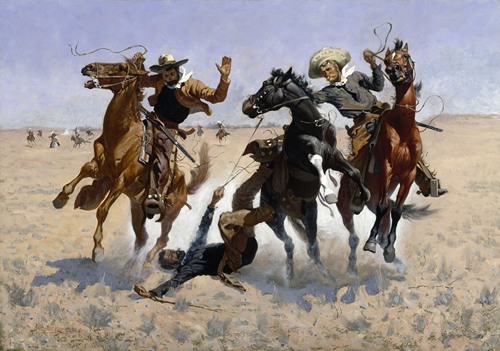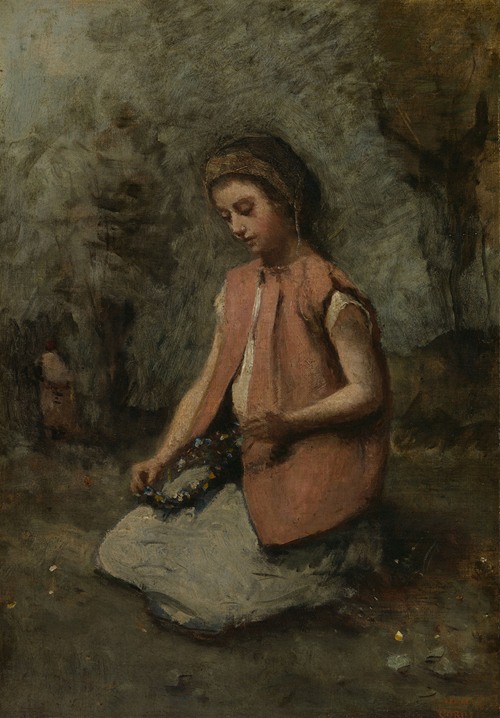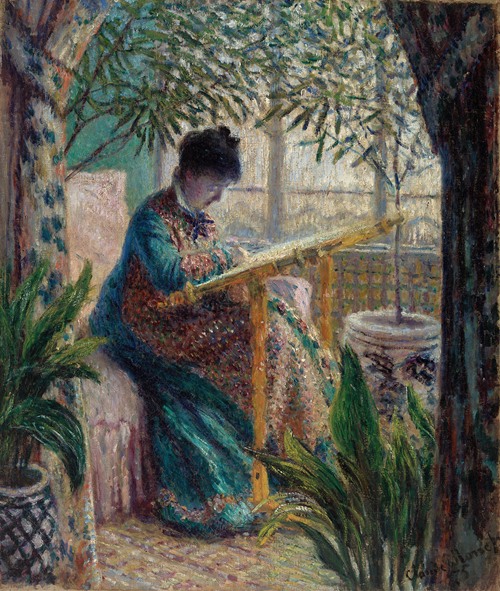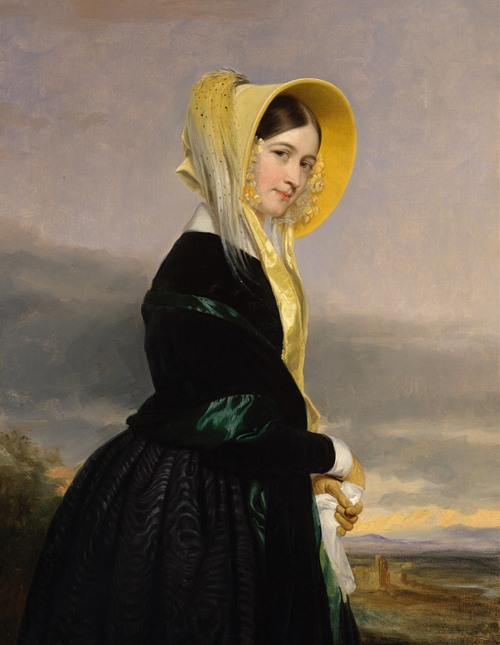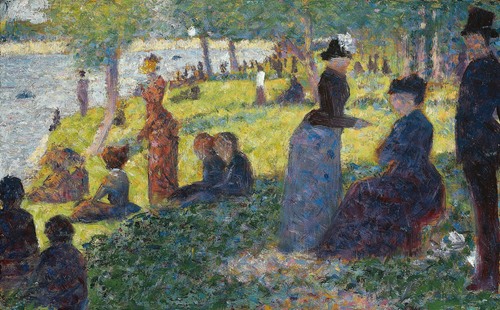
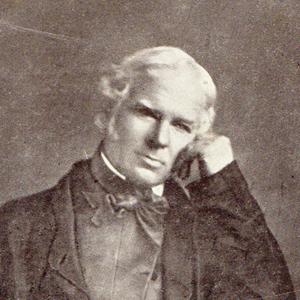
Emeric Essex Vidal was an English watercolourist and naval officer. His opportunities for travel, his curiosity about local customs and human types, and his eye for the picturesque, led him to make paintings which are now historical resources. A landscape painter and a costumbrista, he was the first visual artist to leave records of the ordinary inhabitants of the newly emergent Argentina and Uruguay, including the first depictions of gauchos. He also left records of Canada, Brazil, the West Indies and St Helena, where he sketched the newly deceased Napoleon.
Vidal was born on 29 March 1791 at Brentford, Middlesex, the second son of Emeric Vidal and Jane Essex. His family background was, by the standards of the day, highly unconventional.
His father, Emeric senior, was baptised in La Patente, a French-speaking Huguenot church in Soho, London. (The Vidal family had emigrated to England from France to escape persecution following the revocation of the Edict of Nantes (1685). The Vidals thought they had come from the Basque country originally.)
The Huguenot community, who were Calvinists, were officially tolerated in England; nevertheless, they were a religious and linguistic minority, successful and self-confident, sometimes attracting popular hostility. They had a sense of 'otherness' and usually did not intermarry with the host population. Though born in England, in law Emeric senior was a foreigner who could not acquire British citizenship except by obtaining a private Act of Parliament, which he did in 1773. During the wars against France he was a naval agent (a civilian position similar to a banker). He was a secretary to admirals Sir Robert Kingsmill, John Lockhart-Ross and Robert Duff.
Emeric senior married out of the Huguenot community by wedding Jane Essex in an Anglican ceremony at St Bride's Church, Fleet Street, London, in 1801 by which time the couple already had a teenage daughter and three sons. Jane Essex's antecedents are not known. A Jane Essex was baptised at the Foundling Hospital in 1760; baby girls abandoned there were usually brought up to be domestic servants. Whatever his mother's origins, until he was ten years old Vidal and his siblings were literally bastards, a very stigmatised status at the time.
The Vidal brothers were physically small but all three pursued naval careers in the Napoleonic wars and afterwards. The eldest was Richard Emeric Vidal (1785–1854), who was in battles and skirmishes in which 121 vessels were captured or destroyed; the youngest was Alexander Thomas Emeric Vidal (1792–1863), a hydrographer who charted many unknown waters and became a Vice-Admiral. After their retirement from the Navy the oldest and youngest brothers bought land and became pioneers in Upper Canada.
In 1814 Emeric Essex Vidal courted Anna Jane Capper. Her father, a pluralist clergyman with a private income, opposed the match, probably because of Vidal's social origins; but the couple eloped and were married — at St Bride's, Fleet Street, like the Vidal parents 13 years before them. They had six children, one of whom, Owen Emeric Vidal, was the first Anglican bishop in West Africa and, like his father, a gifted linguist. He knew Tamil, Malay and Yoruba.
In 1832 Vidal was badly wounded and, although he volunteered for another tour of duty and struggled on for five years in frequent pain, he was obliged to retire from active service on half pay which, owing to an anomaly in the naval regulations, was only 4 shillings a day. Despite that, he inherited a 15-room house standing in 18 acres of meadow. After his first wife's death in 1846 Vidal married Anne Humfry. They did not live in penury.
Emeric Essex Vidal died in Brighton on 7 May 1861.
